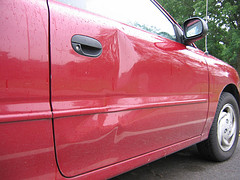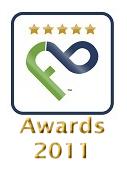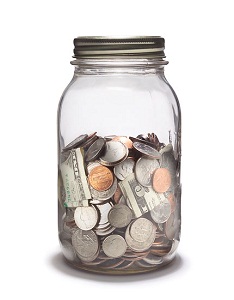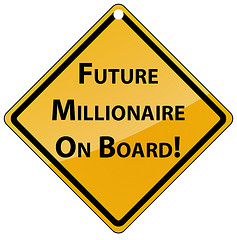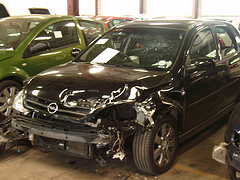Paying off credit cards may seem like a daunting task, especially if your cards are burdened with high interest rates.
Ideally, credit card balances should be paid in full each month, but most people have found this to be next to impossible.
If you are having trouble paying down your balance, there is a way to give yourself a longer amount of time to make payments, while still saving you money in interest.
A balance transfer is the simple act of transferring your debt from one credit card to one with a much lower interest rate. The best way to do this is to apply for a card that offers a 0% APR on all balance transfers.
While no credit card exists that has a 0% interest rate for life, many cards provide a 0% introductory rate. This rate generally lasts for one year.
The process itself is simple. On the credit card application, enter in your current credit card information and opt for the balance transfer. If qualified, the process will begin.
You can also wait until you receive a new credit card before starting the transfer process. Never transfer your balance to a credit card with a higher interest rate.
Several credit card companies offer a fixed APR rate on transfers and are willing to transfer balances with no fees, but read the fine print first.
Fees on balance transfers are becoming more widespread, so decide if the fee is worth the transfer.
Don’t forget to note any over-the-limit fees associated with the new card. If you’re notorious for making late payments, note the late fees. They may be higher than your current card.
If you have several credit cards, a balance transfer can help keep track of debt by consolidating it, making it easier to keep track of payments.
For those with poor credit, a balance transfer may not be an option. Most credit card companies only extend balance transfers to consumers with good credit, so you may have to dig deeper for a card for which you can qualify.
Another alternative is to apply for a card that carries a long-term, low-interest rate. Transferring balances to these types of cards will provide more stability, giving you more time to pay down the balance without having to worry about the 0% APR expiration. Since most 0% introductory rates shoot up after the first year, a long-term, low-rate card may end up being the better deal.
While waiting for a balance transfer to finalize, make the monthly payments on your old cards. It can take up to a month to transfer the balance so you wouldn’t want to incur a late charge.
Request a billing statement from your old card that shows a zero balance. The company may send this to you automatically. When the zero balance has been confirmed, cancel the old credit card or keep it locked away so you won’t be tempted to use it.
There are also non-credit card alternatives that can give you more time to pay down a balance. Taking out a personal loan can ensure a long-term, low-interest rate and allow you to pay the credit card balance in full. This way you will only be making loan payments and not be burdened by high credit card rates.
